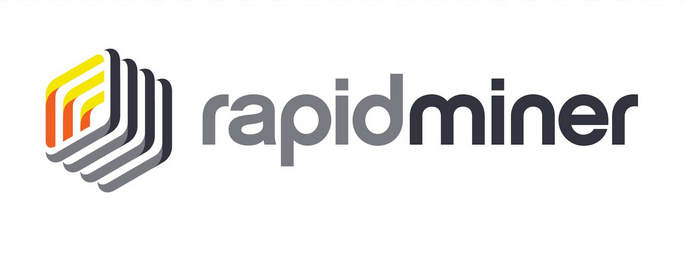The Hard Lessons I Learned Using Machine Learning to Predict the Markets
Yet, the Market call is very hard to ignore. She sings of easy money and it’s tempting.
Time Series for H2O with Modeltime
Modeltime ecosystem was created to help with higher frequent time series, at scale, that's automated
How to Recognize AI Snakeoil
There's a lot of AI Snakeoil out there, get it from reputable sources!
TensorFlow and High Level APIs
A great presentation on the upcoming release of TensorFlow v2 by Martin Wicke.
Flux Machine Learning for Julia
Julia Language started out with the goal of creating a language that was elegant for computations (i.e. math and machine learning)...
What is Reusable Holdout?
Stop overfitting your machine learning models!
Orange 3 is impressive
Is Orange3 an alternative to RapidMiner? For one, it's tightly woven with Scikit-Learn and open source. This might be a great intro to a code + code-free interface!
Mashing Up Julia Language with RapidMiner
A RapidMiner and Julia Language tutorial that reads a RapidMiner process and passes it to Julia to output a CSV.
Coding RapidMiner in Python
I wanted to see how long it would take me to transform a customer data set (i.e. ETL and generate new attributes) and then do a simple K-nn cross validation.
Betting on RapidMiner in a Big Way
Nothing but blue skies I see, and the grass on the side looks pretty green!










